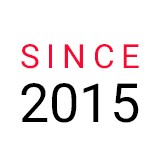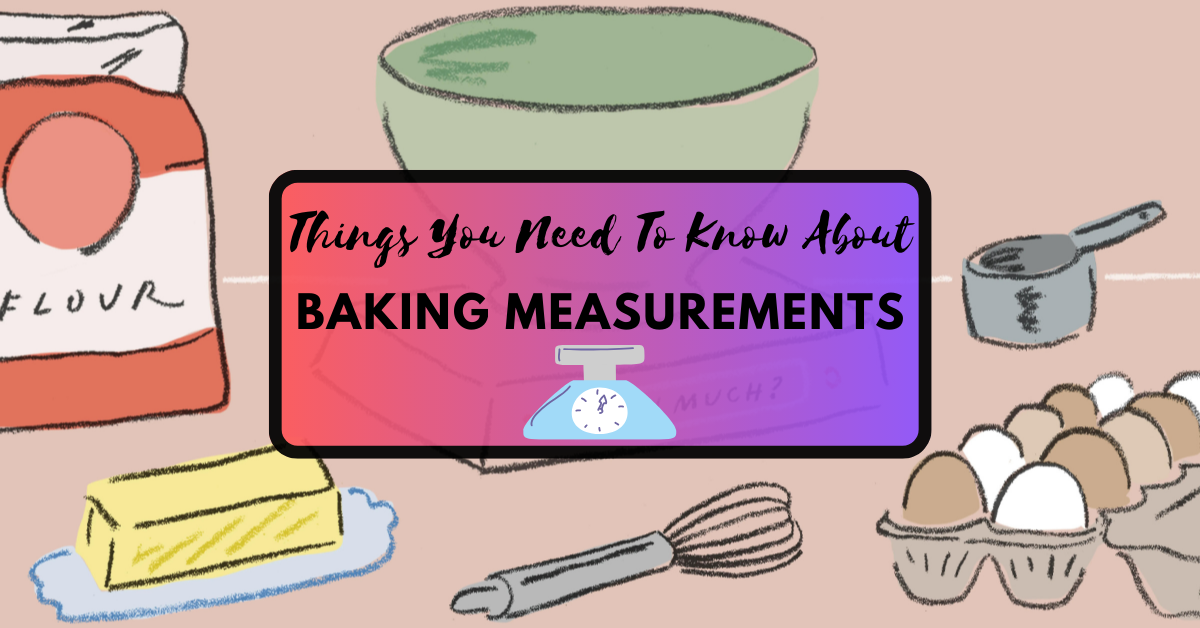Baking is a science as much as an art; precise measurements are crucial for achieving consistent and delicious results. Whether you’re a novice or experienced, understanding baking measurements is essential and part of baking courses in Chennai. This guide will explore everything you need about baking measurements, from different measurement systems to common baking ingredients.
Measurement Systems:
Baking measurements can be confusing because there are two primary measurement systems: the Imperial and metric systems.
Imperial System:
Standard in the United States and some other countries, this system uses units like cups, tablespoons, and teaspoons.
Metric System:
Widely used worldwide, the metric system employs grams and milliliters for more precise measurements.
The Importance Of Accuracy:
Baking is a precise science where even a tiny measurement variation can affect the final product’s taste and texture. Accuracy is critical, so investing in quality measuring tools and training from the best cake classes in Chennai is wise.
Measuring Dry Ingredients:
Flour:
When measuring flour, fluff it up in the container and lightly spoon it into a dry measuring cup. Level off the excess with a flat edge for an accurate measurement.
Sugar:
To measure sugar, spoon it into a dry measuring cup and level it off. For brown sugar, press it firmly into the cup.
Cocoa Powder:
Like flour, fluff it up in the container, spoon it into a dry measuring cup, and level it off.
Measuring Liquid Ingredients:
Use a liquid measuring cup to measure liquids like water, milk, and oil, usually marked in millilitres or fluid ounces. Read the measurement at eye level for accuracy.
Common Baking Ingredients:
Baking Powder & Baking Soda:
These leavening agents require precise measurements. Use level measurements for accurate results.
Salt:
A pinch of salt can make a significant difference in balancing flavors. Use a measuring spoon or your fingers to add the right amount.
Butter:
Butter is often measured in tablespoons or grams. Measuring it correctly is essential, as it can significantly impact the texture and flavor of baked goods.
Eggs:
Count usually measures eggs. Large eggs are standard in most recipes, but follow the recipe’s instructions.
Sifting Ingredients:
When measuring sifting, ingredients like powdered sugar, cocoa powder, and flour, they must be measured before sifting.
Measuring Nuts & Chocolate Chips:
Ingredients like nuts and chocolate chips are often measured by volume. Use a dry measuring cup and fill it to the desired level.
Measuring Flavorings:
Vanilla Extract:
As vanilla extract is quite potent, use a measuring spoon to get the right quantity because you can overdo it.
Spices:
Measure spices with measuring spoons, leveling them off for precision.
The Role of Ratios:
Understanding the ratios of ingredients in baking is crucial. For example, a classic cake often follows a 1:1:1:1 ratio of flour, sugar, butter, and eggs. Learning these ratios can help you create your recipes.
Baking measurements are a fundamental aspect of successful baking. Whether you prefer the imperial or metric system, accuracy is key. Invest in quality measuring tools, and familiarize yourself with common baking ingredients and their measurements. With practice, attention to detail, and training from Zeroin Academy, one of the best cake baking classes in Velachery, can repeatedly elevate your baking skills and create delicious treats.



